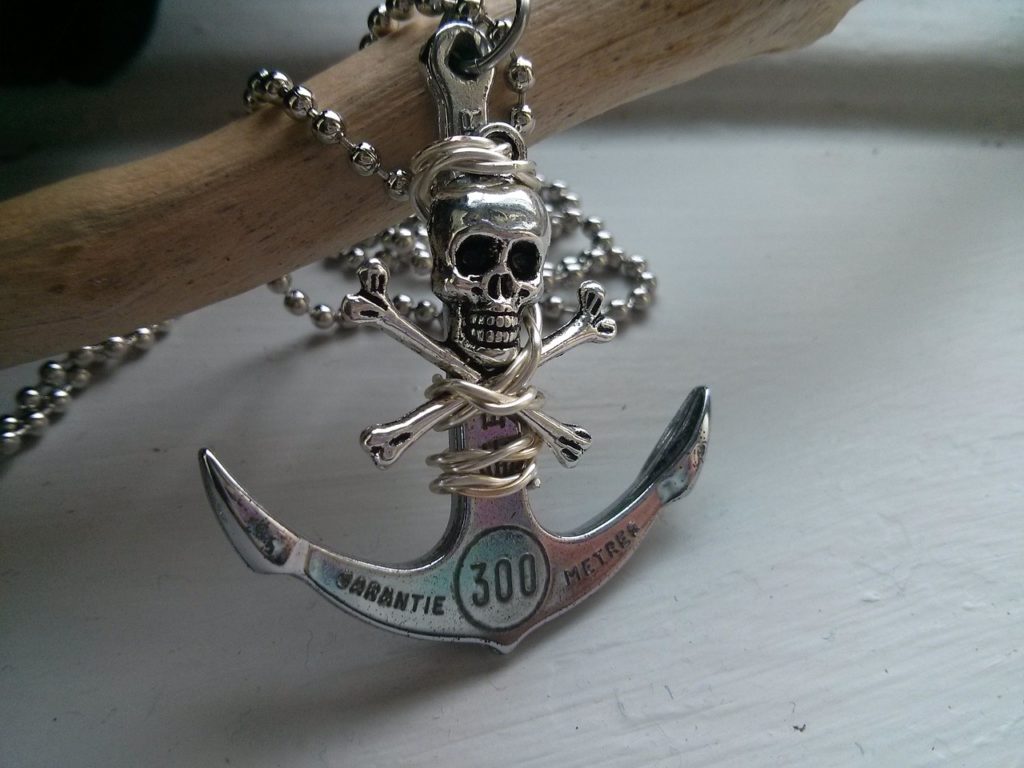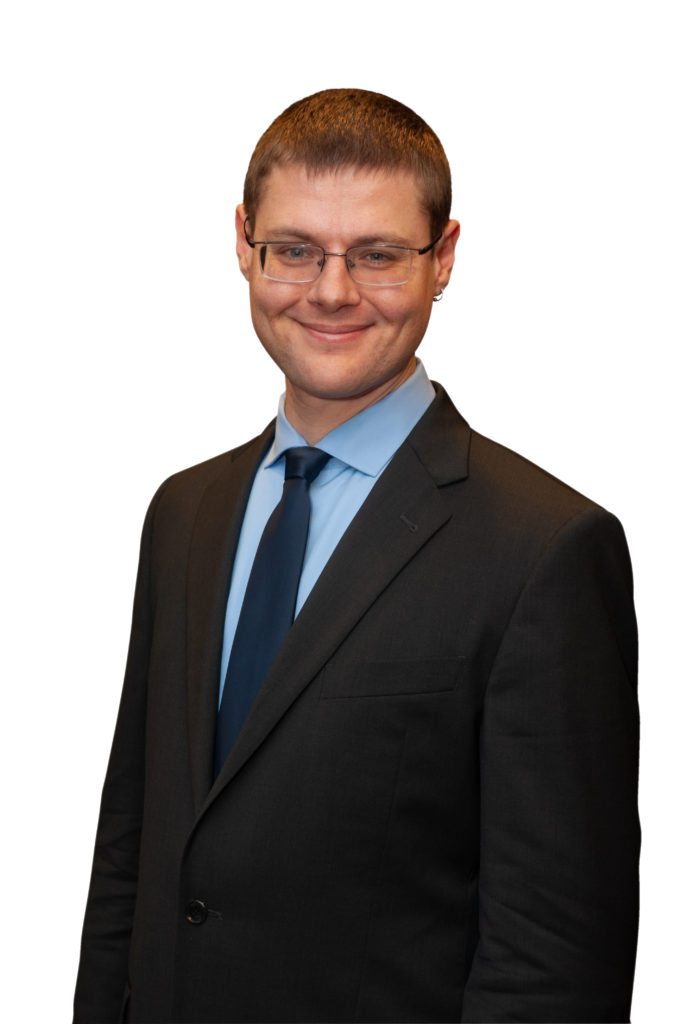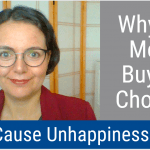
Have you changed your views about COVID-19 months into this pandemic? Or are you anchoring to the same views you did in March?
Anchoring in Financial Services: A Case Study
Let’s consider the case of Lauren, the CEO of a 130-people regional financial services company based in Texas that had a lot of difficulty with remote work at the start of the pandemic. The leadership team didn’t think they needed to prepare for a disruption of more than a week or two. This was because they followed early guidelines from the CDC to prepare for nothing more than a brief interruption due to a short-term outbreak. As a result, the leadership team asked all of its workforce to come back to the office as states reopened, despite news reports of an increase in cases in Texas. A significant number of its employees were scared and resistant to come back to the office, leading to conflicts and tensions. Eventually, the large majority of employees did return. Yet because of the company leadership’s perception that COVID-19 isn’t a big deal, neither the leaders nor employees took appropriate precautions. That’s because of a mental blindspot called “emotional contagion,” where followers take on the emotions, beliefs, and perceptions of their leaders. In fact, most of the executives and employees did not follow guidelines on social distancing or wear masks, especially since the Texas state officials did not mandate wearing masks. Staff who tried to wear masks and do social distancing were ridiculed by their colleagues, with the tacit approval of the leadership. You can probably guess what happened next. Unfortunately, there was an outbreak of COVID-19 in the office traced to an all-hands meeting. Over two dozen employees caught COVID-19, including three C-suite leaders. Several employees, including the COO, ended up in the hospital, and two older employees died. This led to a plunge in productivity, attrition, and low morale within the company. Lauren decided to contact me for a consultation in late May after learning about my work through a webinar I conducted about how organizations can adapt to the changes brought by the pandemic. By the time Lauren called me, internal fighting had already spread throughout the organization, leading to resignations of some key employees. This led to a heavier workload for everyone else, causing even greater tension between staff and management. Even those who initially steered clear of the chaos said they were starting to look for other job opportunities so they could jump ship. It was obvious that the company needed help – and fast.COVID-19 and Cognitive Biases
When I met with Lauren as well as the company’s COO and HR head over Zoom, I told them upfront that they have to start acknowledging the disruptions brought about by COVID-19. Continuing as they did will endanger their company’s bottom line and even survival during this pandemic. The refusal to recognize the gravity of the pandemic and even the act of downplaying it stem from a combination of three factors:- The nature of the virus itself
- The preexisting beliefs and plans of the business leaders
- The dangerous judgment errors we all tend to make that cognitive neuroscientists and behavioral economists call cognitive biases, most notably anchoring
Anchoring: A Heavy Burden
Anchoring refers to our tendency to be too strongly anchored by the initial information we have and fail to update our beliefs sufficiently based on new evidence. That’s even if new evidence is, objectively speaking, much more persuasive. This dangerous judgment error harmed us in two profound ways with COVID- 19. First, business and political leaders and ordinary people anchored on past pandemics within living memory, which – while serious – didn’t cause widespread disruption. SARS, the first pandemic of the 21st century, led to around 750 deaths in 26 countries. The H1N1, also known as the swine flu, killed many more, as many as half a million. Yet it didn’t impact the US too much, with about 12,500 deaths, and even less in the UK, at about 500, which was at the high end of deaths in Europe. Ebola and Zika barely reached the US. As a result, the large majority of Americans ignored COVID- 19, thinking it would pass them by as did these other illnesses. The second profound harm came from the comparisons of COVID-19 to the flu. In a March 4 interview on Fox News, Donald Trump called COVID-19 the “corona flu” and said the death rate “is way under 1%,” implying it’s nothing to worry about and that we don’t need to take major actions to address the situation. He affirmed this in a March 9 tweet: “last year 37,000 Americans died from the common flu. It averages between 27,000 and 70,000 per year. Nothing is shut down, life & the economy go on.” Other leaders conveyed similar messages that everything is normal. For example, on March 5, with 115 diagnosed cases of COVID-19 and the first death in the UK, Boris Johnson said it’s “business as usual.” Despite wide criticism and the glaring example of Italy, Johnson’s administration failed to impose lockdowns. Instead, it advised in early March that people simply wash their hands, and, if they recently went to northern Italy and showed flu-like symptoms, to self-isolate for 14 days. On March 11, with 590 confirmed cases, David Halpern, chief executive of the government’s Behavioural Insights Team, told BBC News that the government’s aim involved shielding the most vulnerable people. The government would allow COVID-19 to infect the UK population more broadly until the population developed herd immunity such that COVID-19 would stop transmitting itself, which requires about 60% to be infected. Next day, at a press conference, Johnson confirmed this strategy, telling people with flu-like symptoms to self-isolate and people over 70 to avoid cruises. Indeed, the estimated fatality rate from COVID-19, about .5-1% with good-quality treatment, is much lower than the 50% average for Ebola and the 15% for SARS. Yet, the infection rate is much higher, in part because about half of all who get infected don’t show any symptoms. Even those who eventually show symptoms are often infectious before they do. As a result, without strict controls, every infected person gets 2-3 others sick and any outbreak doubles in 3-6 days. Furthermore, about 10-20% of those infected have a serious illness, mainly older adults, and about half of those with a serious illness need to go to the hospital. Given the fact that hospitals have low capacity for a surge of patients, a major outbreak would overwhelm healthcare systems. Trump and Johnson’s irresponsible approach set the anchor for the approach of most other political and business leaders and ordinary citizens in their respective countries. Such anchoring cost many lives and untold billions of dollars and pounds.Adapting to the New Abnormal
When the pandemic started, most companies activated their business continuity plans and then just followed along as the months rolled by. However, I wouldn’t advise continuing with these emergency measures throughout the minimal two years of the pandemic. A business continuity plan is meant for a week or two, a month at most if it’s a really good plan, before things start returning to normal (I tell you this as someone who helped businesses and nonprofits design many business continuity plans). It’s not likely that we will ever go back to the “normal” status quo ante pandemic. Our society will never be the same, even in the most optimistic scenario of only two years of waves of shutdowns and social distancing. And keep in mind that we shouldn’t be shooting for the most optimistic scenario and should instead plan for the worst. If the first or second wave of vaccines isn’t highly effective, preventing COVID at 80-90%, it will be more like a five-year horizon instead of two years. That’s what you should plan for going forward. Companies need to go beyond emergency measures if they want to survive and thrive in the next few years. You need to adapt to the pandemic and accept the current reality of ongoing waves of restrictions as the new abnormal. This essentially means transforming your internal and external business model if you want your organization to chart a productive and rewarding course during these troubled years. Doing so will include taking a long, hard look at the elements that drive your business. It will also entail revising or, in some cases, even totally revamping your daily operations and business continuity plan.Moving Forward From Anchoring
When I last spoke with Lauren a few months ago, she told me that after serious deliberation, she called for a leadership meeting to reexamine the facts on COVID-19. She and her COO came to the meeting armed with the most accurate information on the pandemic that they could find, curated from news sources that give priority to factual reporting. They were right to come prepared, because it was one of the most excruciating discussions they’ve ever had in their career. Most of the executives were still anchored on previous information from March that the virus shouldn’t be taken seriously. As a result, they did not want to acknowledge that a change needed to be made. Even those who were on the fence initially – including one of the executives who caught the virus earlier and recovered – didn’t want to change their stance. The executives clearly didn’t want to admit that they were wrong. It was a good thing that the three of us – through several consultations – had prepared for such a scenario. Lauren, after seeing how obstinately the C-suite was acting, deftly reframed the discussion as a restrategizing effort instead of a finger-pointing and blaming exercise. She also made sure to highlight how competitors of theirs who adapted to the situation were actually thriving during the pandemic. Finally, in the face of overwhelming evidence that COVID-19 was a serious matter and that they needed to take immediate steps, the executives eventually acknowledged the gravity of the situation. This paved the way to the leadership team finally coming together to create and take the following steps:- Lauren held a company-wide virtual town hall meeting to reassure employees that their concerns are being heard and that swift action will be taken. The first order of business was to debunk the erroneous information on COVID-19 on which the majority of the company had anchored.
- The leadership team rolled out a comprehensive remote work program, where employees were provided tech and equipment support. Employees can also report to the office, but it was strictly optional. The leadership team made sure that the office had all the necessary visual and physical cues to encourage social distancing. Reminders on wearing masks were placed strategically.
- The marketing team updated its external and internal collateral to include what the company was doing to make its virtual and physical spaces safe for its employees. It also included this information, as well as important COVID-19 updates from reputable news sources, in its long-running and widely read internal newsletter.
- The COO worked with the HR head on numerous retention efforts to keep key employees from jumping ship. They also reached out to those who had already resigned. In most cases, the problem stemmed from these employees’ refusal to step foot into the office. The efforts, then, were centered on assuring them that they can work remotely ASAP, and were also offered more flexible working hours to boot.
- The sales team built on the marketing team’s actions. They also reached out to clients who had been previously irked with the company’s slow response to inquiries and complaints. The sales team presented all the changes being made to get the company up to speed operationally and assured clients of better service.
Conclusion
Anchoring causes us to focus on initial information we’ve received, even if it is erroneous. As the pandemic continues to disrupt businesses, you need to watch out for misinformed views and beliefs that will hold you back from growth. Keep your company resilient and adaptive by defending yourself from the dangers brought by anchoring.Key Takeaway
Anchoring keeps you shackled to initial information and keeps you from moving forward. Make the best decisions to propel your company by breaking free from this mental blindspot…> Click to tweet
Questions to Consider (please share your answers below)
- Did your leadership team anchor on erroneous information at the start of the pandemic, and do you now want to make things right?
- Where might you do a better job of fighting against anchoring?
- Which next steps will you take based on reading this article?
Bio: An internationally-recognized thought leader known as the Disaster Avoidance Expert, Dr. Gleb Tsipursky is on a mission to protect leaders from dangerous judgment errors known as cognitive biases by developing the most effective decision-making strategies. A best-selling author, he is best known for Never Go With Your Gut: How Pioneering Leaders Make the Best Decisions and Avoid Business Disasters (Career Press, 2019), The Blindspots Between Us: How to Overcome Unconscious Cognitive Bias and Build Better Relationships (New Harbinger, 2020), and Resilience: Adapt and Plan for the New Abnormal of the COVID-19 Coronavirus Pandemic (Changemakers Books, 2020). He published over 550 articles and gave more than 450 interviews to prominent venues such as Inc. Magazine, Entrepreneur, CBS News, Time, Business Insider, Government Executive, The Chronicle of Philanthropy, Fast Company, and elsewhere. His expertise comes from over 20 years of consulting, coaching, and speaking and training as the CEO of Disaster Avoidance Experts. It also stems from over 15 years in academia as a behavioral economist and cognitive neuroscientist. Contact him at Gleb[at]DisasterAvoidanceExperts[dot]com, Twitter @gleb_tsipursky, Instagram @dr_gleb_tsipursky, LinkedIn, and register for his free Wise Decision Maker Course.














